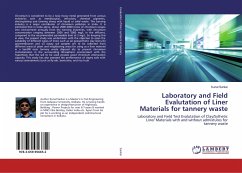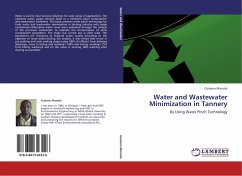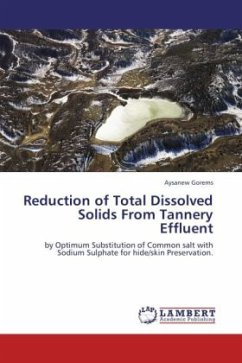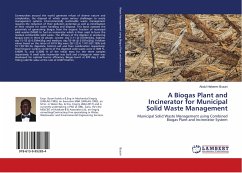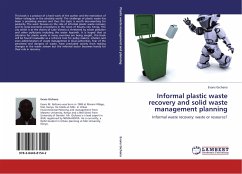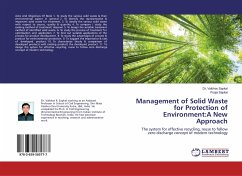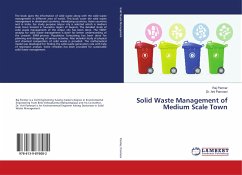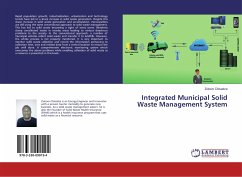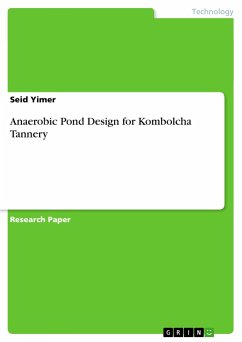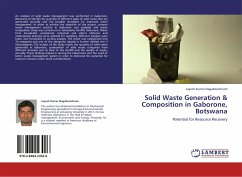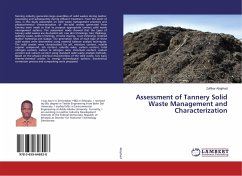
Assessment of Tannery Solid Waste Management and Characterization
Versandkostenfrei!
Versandfertig in 6-10 Tagen
36,99 €
inkl. MwSt.

PAYBACK Punkte
18 °P sammeln!
Tanning industry generates large quantities of solid wastes during leather processing and subsequently during effluent treatment. From this point of view, in this study assessment on solid waste management practices and physicochemical characterization of the solid wastes generated from tannery were made so that to propose appropriate tannery solid waste management options. The assessment made showed that the types of tannery solid wastes are de-dusted salt, raw skin trimmings, hair, fleshings, splitting waste, pickle trimmings, chrome shaving, crust trimmings, finished leather trimmings and s...
Tanning industry generates large quantities of solid wastes during leather processing and subsequently during effluent treatment. From this point of view, in this study assessment on solid waste management practices and physicochemical characterization of the solid wastes generated from tannery were made so that to propose appropriate tannery solid waste management options. The assessment made showed that the types of tannery solid wastes are de-dusted salt, raw skin trimmings, hair, fleshings, splitting waste, pickle trimmings, chrome shaving, crust trimmings, finished leather trimmings and sludge. The generation rates of each type of these solid wastes were determined using material balance analysis techniques. The solid wastes were characterized for pH, moisture content, volatile organic compound, ash content, calorific value, carbon content, total nitrogen content, carbon to nitrogen ratio, chromium content, sodium content and calcium content using standard solid waste analysis methods. Based on the physico-chemical characteristics of the solid waste, two basic thermo-chemical wastes to energy technological options, biochemical conversion process and composting were proposed.



